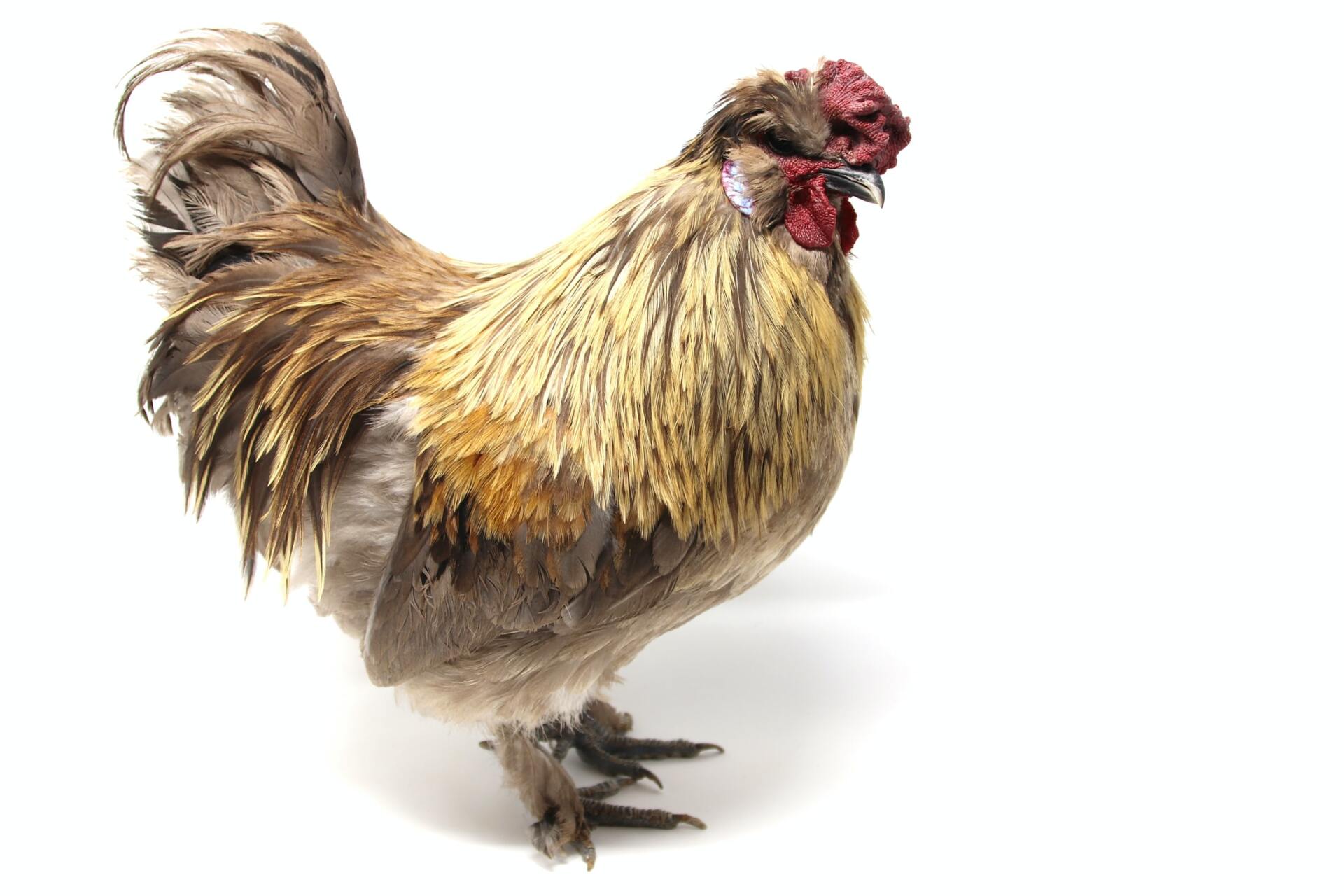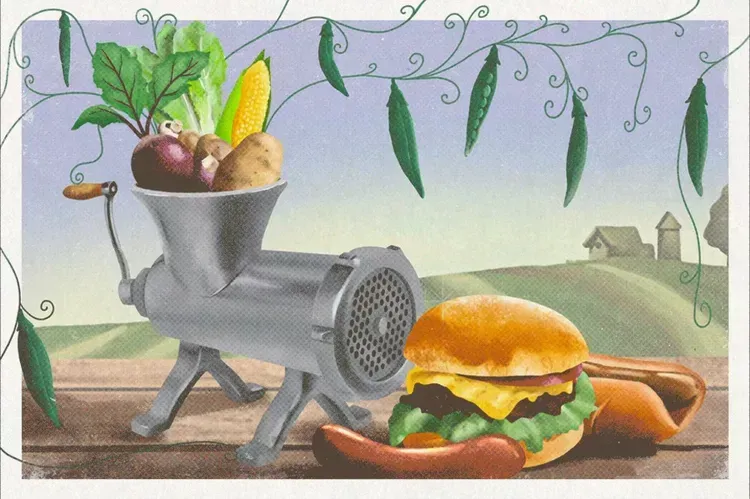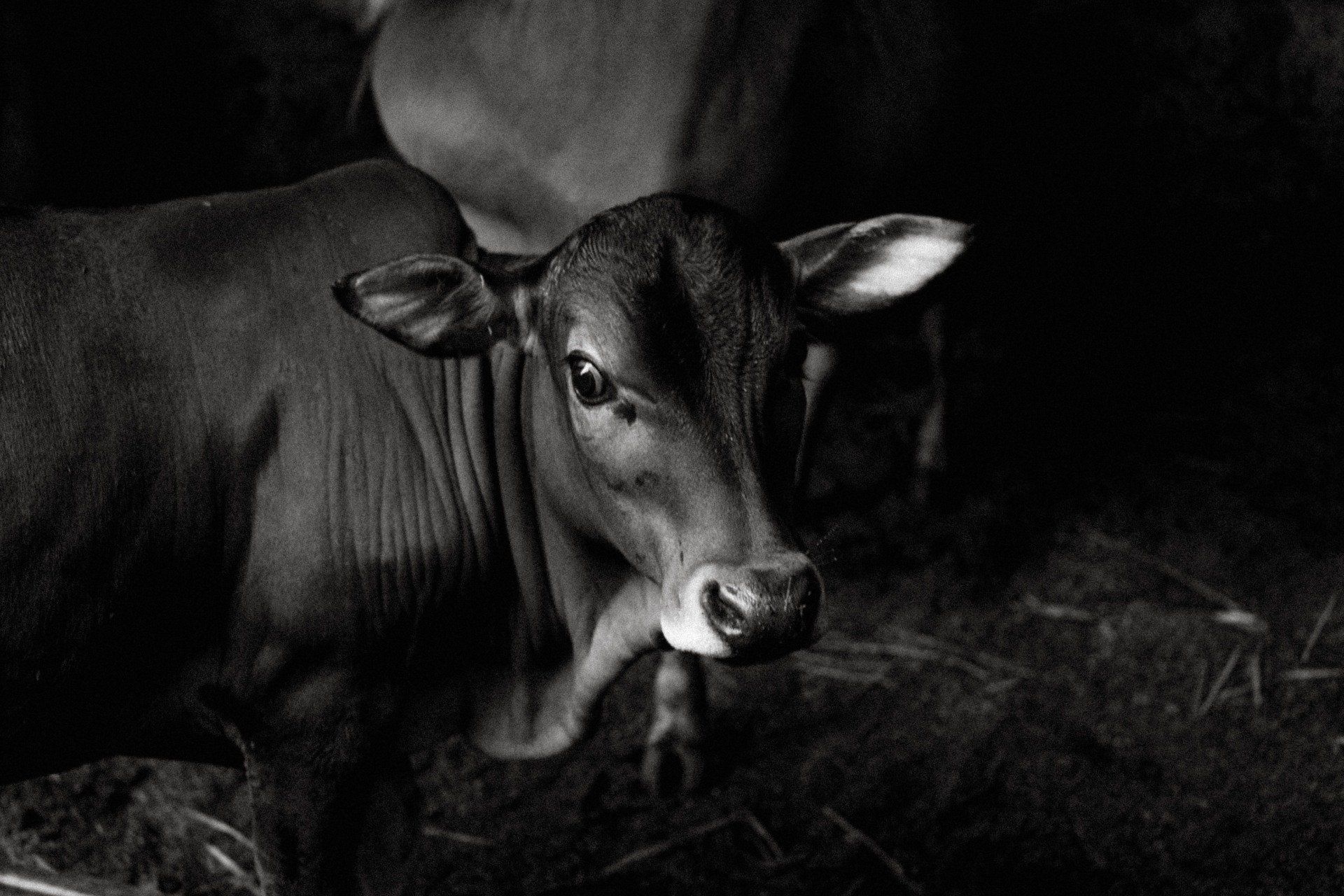Copy of The 6 Best Ways To Boost Egg Production During Winter
Egg Production

Ashley Hetrick Off The Grid News, Ideas for Off The Grid Living
1. Plenty of Good Light
Chickens need at least 14 hours of daylight in a day to trigger their internal clocks to lay. By supplementing light, as is done in commercial production houses, you can trick a chicken’s internal clock to think it’s spring so that they keep laying all winter long. Be sure to turn your light off at night when you go to bed to give them rest, but even a few extra hours of light in the evening can make a huge difference in production.
2. Nutritious Food
In the winter months, chickens are using a lot of the calories they get from food for warmth. In order to lay eggs and stay warm at the same time, they need more protein than they normally would during the summer. Add in the fact that they don’t have ready access to bugs or grass in the winter, and you’ll need to supplement their food to keep them happy, entertained and productive throughout the winter months.
Generic egg-laying feed generally contains 16 percent protein, while in the winter to increase egg production you’ll want to aim for 18 to 20 percent. A small amount of high protein scratch feed every day or every other day will get the ladies up and moving and provide them extra calories. Homesteaders have reported that once given adequate light, adding in scratch feeding doubled their daily egg production.
3. Liquid Water
Egg production takes a lot of water, both in the metabolic process for the chicken and in the egg itself. In order to keep laying, chickens will need a ready source of fresh, liquid water. While they can technically survive on an ample supply of fluffy snow, they won’t lay with that as their only water source. Chickens will eat snow to survive, but it’s not in their best interest. In warmer climates, keep the water liquid by bringing in fresh warm water every day and placing it up above the ground by 6-8 inches. In colder climates, heated water sources can help but might be impractical for those living off-grid. Try bringing them small amounts of warm water several times a day if possible, and giving them at least one wet meal a day by soaking some of their food in water or milk.
4. Sprouted Green Fodder
Growing your own small scale animal fodder has increased in popularity in recent years, and for good reason. When seed grains are sprouted, they shed their protective enzymes and convert otherwise inedible starches to sugar. Feeding your chickens fresh sprouted fodder will not only endear them to you, but it also will provide nutrients they’re otherwise lacking outside of the growing season.
To sprout barley seeds, pop a few holes into an aluminum baking tray (or plastic tote) and spread an even thin layer of barley seeds. Water them daily, ensuring that the extra water drains out the holes (to prevent mold and mildew). Place them in a warm sunny spot, indoors, until the grains have grown a thick lawn, about four to five inches high. At that point, you can peel out hunks of fresh barley “sod” for your chickens each day. Lacking fresh green fodder, try throwing them a chunk of alfalfa hay each day, which will provide many of the same results, though be slightly less appealing to the birds.
5. The Right Breed
While heritage breeds may be attractive if you’re looking for dual-purpose birds worth culling out for the dinner table, in truth the best egg production comes from modern compact bodied commercial hybrid birds. There are many breeds that are available to the home farmer that tend to be more productive than others, including Rhode Island Reds and White Leghorns. For a good general list of productive breeds, read “The Eight Best Egg Laying Breeds of Backyard Chickens.”
6. Stagger Bird Ages
Egg production peaks in most breeds of chicken somewhere between six and 18 months of age. At 18 to 24 months, chickens will naturally take a break from laying to molt and replenish their feathers. They’ll come back to laying at a slightly lower rate for another year or two, and then egg production will drop off dramatically as the chicken ages. To keep a consistent supply of eggs, you’ll need birds of staggered ages to ensure that some are in their peak laying period while others are taking time off to molt. For most breeds of chicken, they’re ready for egg laying retirement at the age of three. While they’ll often keep laying one to two eggs a week throughout their lifespan (often six to eight years), you’ll be feeding them the same ration for 1-2 eggs a week as you feed your younger ladies for 5-6 per week.
You might also like
Jaynie Norman


